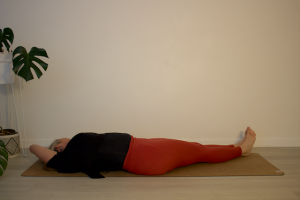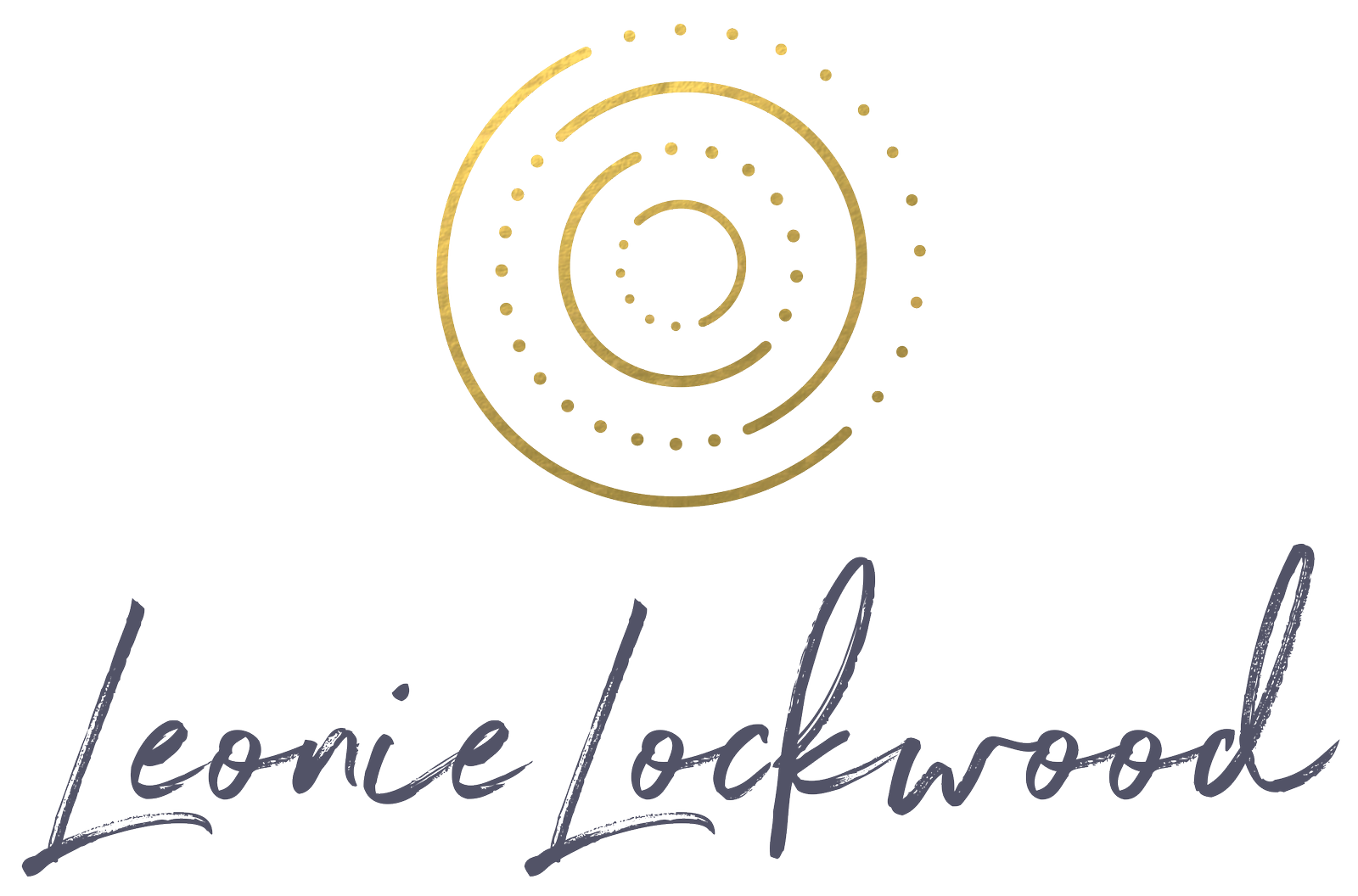Breaking news! Yin yoga DOES cause ‘stress’.
But it’s not what you think.
‘Stress’ is an anatomical term for what we do to our connective tissues structures whilst we are in yoga poses and other forms of movement.
Stress on the tissues occurs through stretching, contraction or compression.
And when we stretch, contract or compress our myofasica (muscles + fascia), a shift is created in the gel-sol ratio of the watery channels in the fascia. In the traditional Chinese Medicine system, these channels are known as meridians channels. And Qi (energy) is thought to flow in the meridian channels. In a Yin practice we can choose to apply stress to the particular areas of the body with the intent to influence the flow of Qi in the meridian channels.
Like most things, placing stress on the body is about finding balance.
Let’s unpack these three components of STRESS further.
1. Stretching
This is the act of pulling two bones away from each other. When we stretch, we generally elongate the muscle fibres as we pull two bones away from each other. When the muscle fibres reach their maximum resting length, the ‘stretch’ moves into the surrounding connective tissue structures. This causes the collagen fibres within the connective tissue structures to realign within their matrix. If there is adhesion or damage to these tissues, the stretch helps promote healing. Dr Helen Langevin talks more about the benefits of stretching on the connective tissues in this video.
In a Yin yoga practice, we are primarily interested in ‘stretching’ the connective tissue structures rather than the muscle fibres. But because the muscle fibres are interwoven with connective tissue, they are also stretched at the same time.
Whilst I, and many others, believe Yin yoga promotes stretching and the health outcomes, I feel it’s important to point out that there’s also numerous allied health practitioners who believe that stretching is pointless or even bad for you. But we need to remember that what we do in Yin yoga is more than just stretch. Our breath and intent are also involved in the physical releasing process of muscle fibre and connective tissue.
But back to Yin yoga. When we stretch one side of the body, the other side of the body is compressed i.e. a side bend like bananasana to the left, means the tissues of right obliques are being stretched and the tissues of the left obliques are being compressed.

2. Contraction
Ok, if you’re still with me, let’s look at contraction. Contraction occurs physically but also emotionally. We’ll stay away from emotional contraction at the moment and focus on the physical.
Contraction usually refers to what we do to muscle fibre. We can contract our muscles in a number of ways, either through an isometric contraction or an isotonic contraction.
In an isometric contraction – the muscle length stays the same. An example of this, is holding a plank position. The muscles of the abdomen neither lengthen or shorten, but stay the same.
An isotonic contraction has two sub levels – eccentric & concentric.
In an isotonic eccentric contraction – muscle lengthens with load. An example of this is the downward movement in a bicep curl.
In an isotonic concentric contraction – muscle shortens with load – the upward movement of a bicep curl.
In a Yin yoga practice, we generally don’t contract the body, as we are focussed on releasing contraction. But it can be useful to guide students to contract areas of their body and then release the contraction as a method of comparison. Contraction of muscles can help around areas of injury and where a student may feel fearful in fully releasing muscle structures.
In a more dynamic style of yoga the body would be moving through lots of isometric and isotonic contractions.
3. Compression
And finally we get to compression. The third way in which we place stress on the connective tissues. This occurs when two points of the body meet and can go no further in that direction.
Yin yoga teacher Bernie Clark outlines three types of compression in his book “Your Body, Your Yoga”.
The three types of compression:
1. Soft compression – when soft tissue meets other soft tissue i.e. when your abdominal tissue hits the flesh of the thighs in a seated forward fold and prevents further movement.
2. Medium compression – when your soft tissue meets bone i.e. when your abdominal tissue hits the thigh bone in a kneeling lunge and prevents further movement.
3. Hard compression – when bone meets bone i.e. thigh bone meets hip socket in a wide leg forward fold and prevents further movement.
Compression is the absolute limit to our range of motion. Over time soft and medium compression may change slightly with tissue changes. Hard compression will only change with surgical intervention.
A slow, mindful and intentional approach towards our poses strongly influences our experience of the stretch, contraction or compression. Just like any stressor in our life, our attitude and approach are key to how we respond both physically and emotionally.
